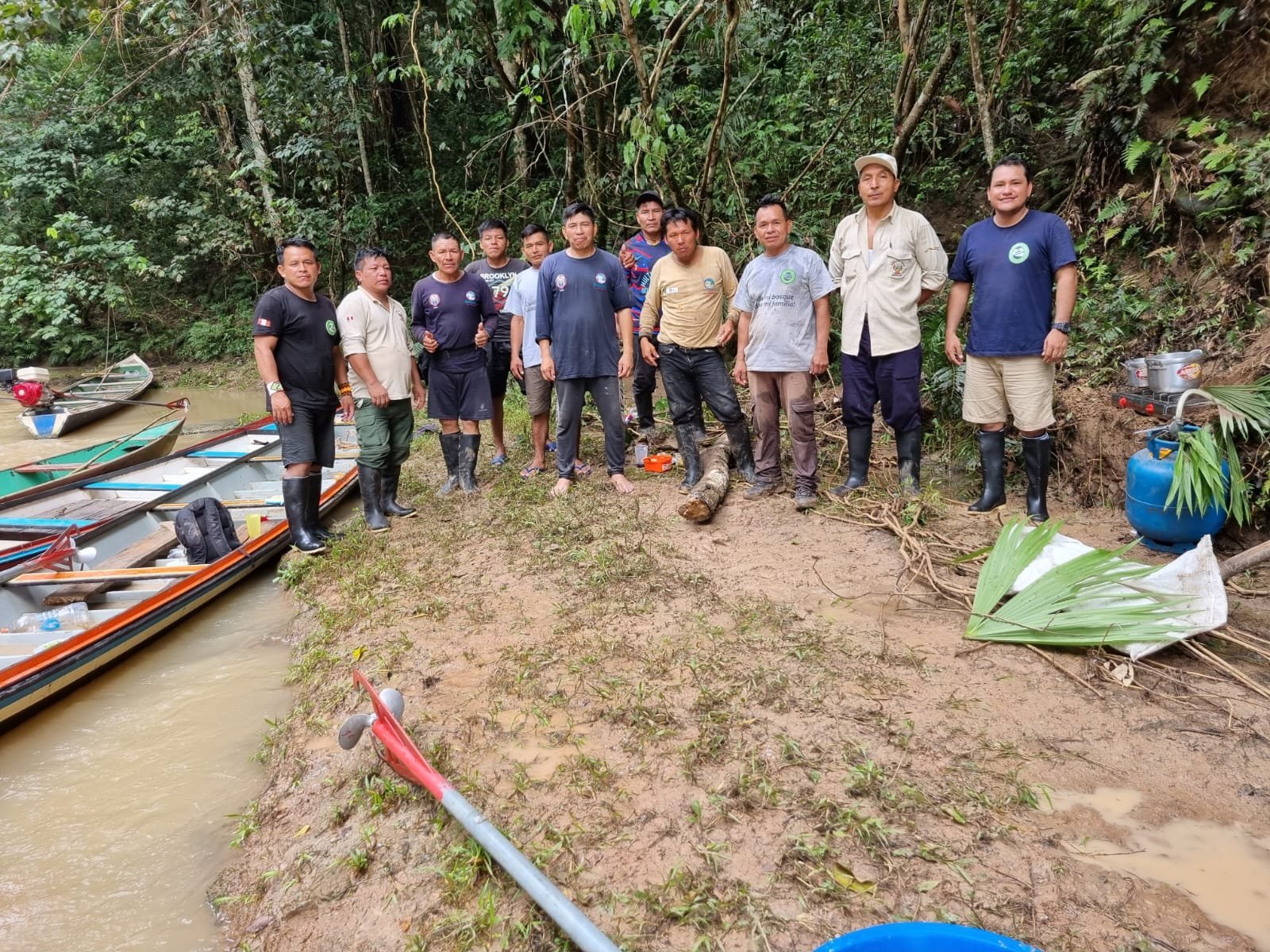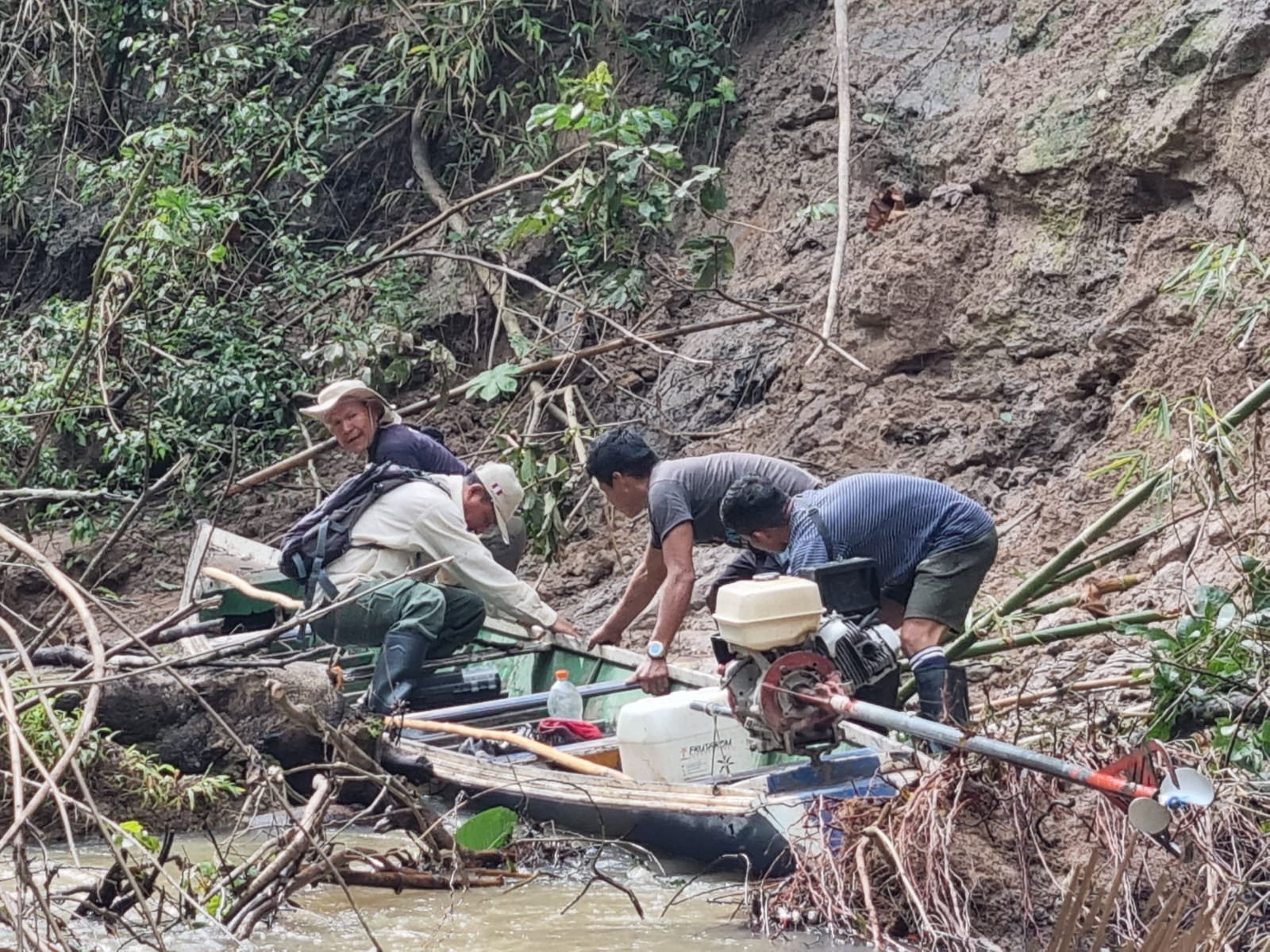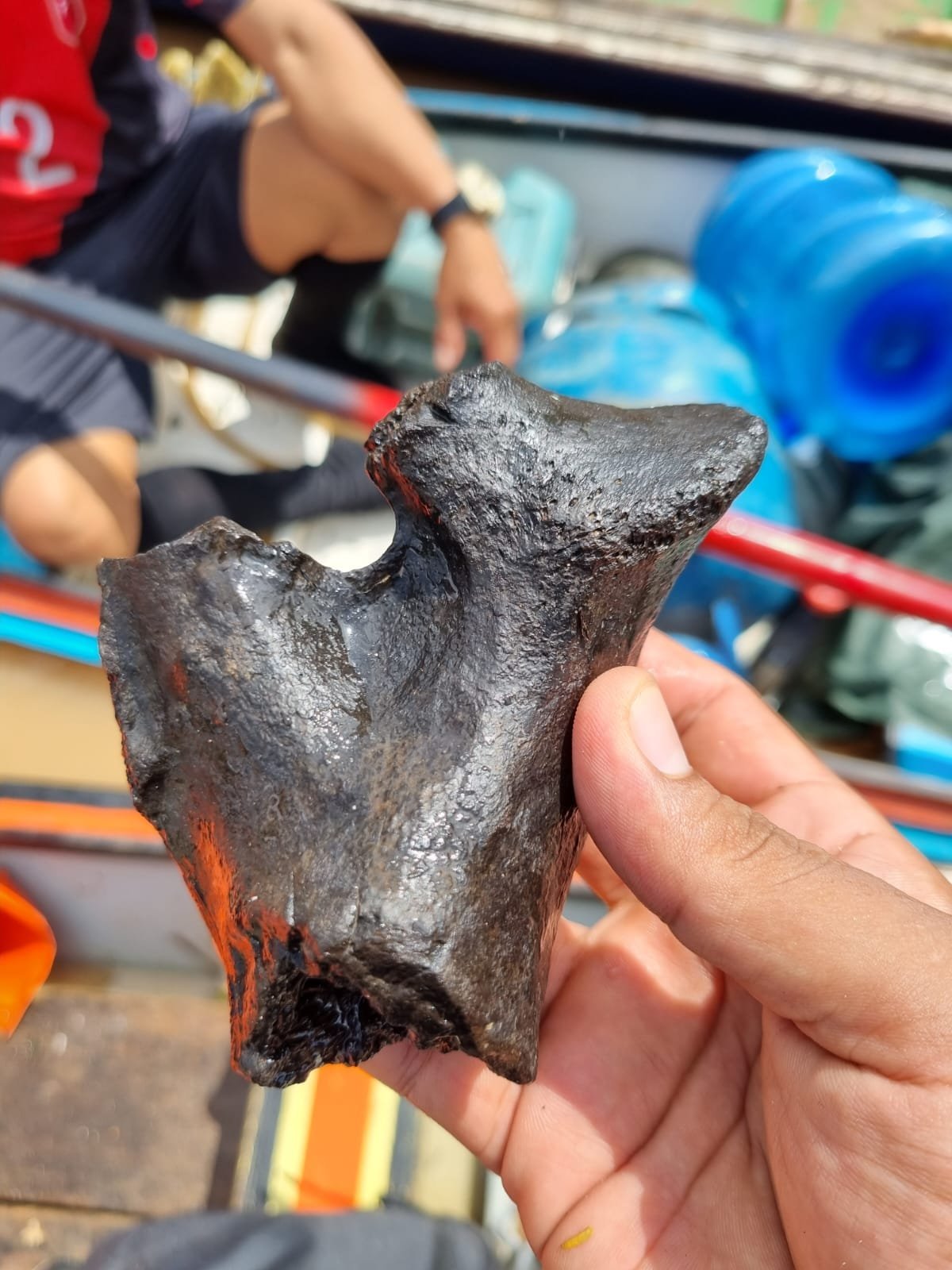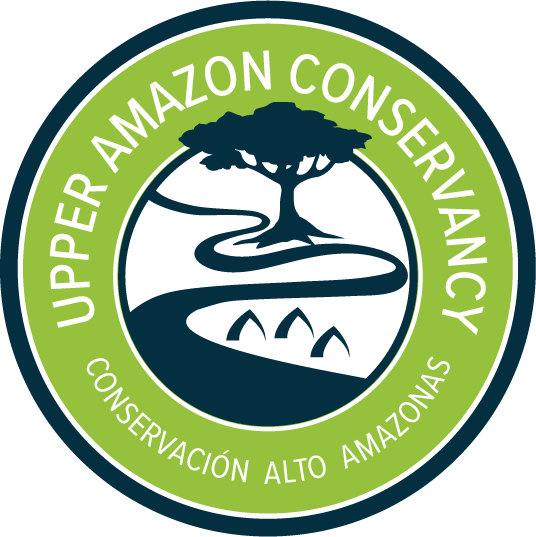River Patrol: Yurúa Conservation Concession
Last week we led a patrol to monitor threats and wildlife on the Beu River, the primary access route to the Yurúa Communal Conservation Concession. These patrols are part of our agreement to support the Yurúa Communal Conservation Association (ACCY) which manages the 45,669 hectare Concession.




All the indigenous organizations of the Yurua participated in the patrol. In addition to ACCY, the Association of Native Communities for the Integral Development of Yurúa Yono Sharakoiai (ACONADIYSH), and the Environmental Association of the Ashéninka Pocharipankoky Pikiyaco Yurúa Community (AACAPPY), sent representatives, as did Peru’s parks service, SERNANP. Representatives from the communities bordering the Concession also participated, including with Beu, Puerto Breu and Dulce Gloria.
SERNANP sent a specialist biologist from the Purús River region, to lead an inventory of mammals. The team was able to verify the presence of abundant fauna of all kinds, such as tapir, deer, paca, various monkeys including spider and woolly monkeys, along with numerous birds like macaws, parrots, herons, curassow, and turkeys among others.
The participants were divided into three groups, each covering transects of two kilometers established at different distances on both banks of the river to record the presence and abundance of species. Before beginning the mammal survey, UAC staff trained the team on using a GPS and data collection methods. Data on fauna as well as flora is needed to develop effective management and protection strategies inside the Concession.



While for the most part the Concession is well protected, the patrol team found evidence of illegal hunters who enter the protected area without permission. It is known that these illegal hunters come from the Brazilian side—usually mestizos from the border town of Foz de Breu—and enter in boats down the Yurúa River to the Beu River seeking the abundant fauna which is no longer found on the Brazilian side.

